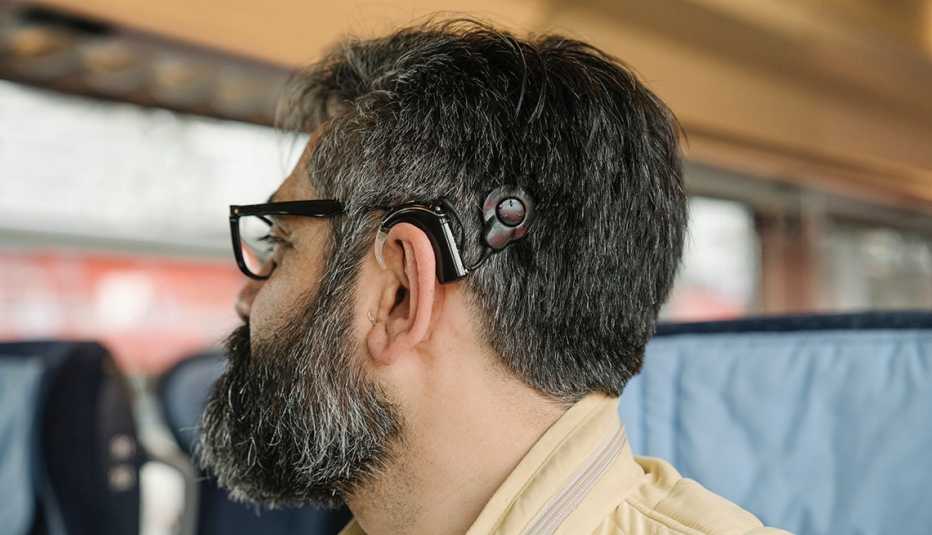Staying Fit


In the U.S. alone, more than 2.1 million adults have lost enough hearing to be a candidate for a cochlear implant, a surgically implanted hearing device that works differently than a hearing aid. Yet fewer than 6 percent of those eligible for a cochlear implant have actually received one. Some of them might not even realize they're eligible.
Older adults with a particularly tricky kind of hearing loss where only certain tones are missing are often unaware that they are candidates, says René Gifford, a professor of hearing and speech sciences and director of the cochlear implant program at Vanderbilt University. High-pitched sounds like birdsong are hard to hear with this type of loss, though low-pitched ones like dog barks can sound normal, she says. That means these people will often be able to hear others’ voices but not always understand them.


AARP Membership— $12 for your first year when you sign up for Automatic Renewal
Get instant access to members-only products and hundreds of discounts, a free second membership, and a subscription to AARP the Magazine.
Now “all-in-one” devices specially designed for these hearing-impaired individuals are available, incorporating the best of both hearing aids and cochlear implants.
A different path for sound
How hearing works normally. When a bird outside your window starts to sing, its twittering enters your ear canal as sound waves. These waves travel through the bones of your middle ear, get converted into vibrations, and wind up in the snail-shaped cochlea in your inner ear. The cochlea encodes those noisy chirps as tiny electrical pulses. The pulses then zip along the nearby hearing nerves up to the brain. The result: You recognize the pattern as a sparrow's trill.
How hearing works for people with hearing loss. For those with the type of high-pitched hearing loss that Gifford describes, vibrations from a twittering birdsong still arrive at the inner ear. But inside the cochlea, the structures that would normally turn those high-pitched sounds into electrical pulses are missing or damaged. So the bird's high notes never reach the brain, even though low notes such as those in a dog's growl can still get through.
How hearing works with a cochlear implant. To bypass damaged parts in the inner ear and let sounds follow a different path, a surgeon inserts a small titanium device — the “implant,” which contains a tiny computer chip — under the skin behind the ear. Signals are sent from this device to electrodes — as thick as a few hairs and nearly as soft —that are implanted in the inner ear alongside the hearing nerves. Then, when a sparrow starts to sing, the song is picked up by a microphone on an external device (called a “sound processor” and worn behind the ear like a hearing aid) and relayed to the internal device. Here the chirps get encoded as tiny electrical pulses, which are then sent directly to the hearing nerves and on up to the brain. This way, even a person with serious hearing loss can still “hear” the trill of the sparrow.

































































More on Health
Hearing Aid Basics
An overview of the devices and how they work
Lou Ferrigno on His 'Life-Changing' Cochlear Implant
'The Incredible Hulk' actor and fitness icon opens up about his hearing loss journeyHearing Aid Basics
An overview of the devices and how they work